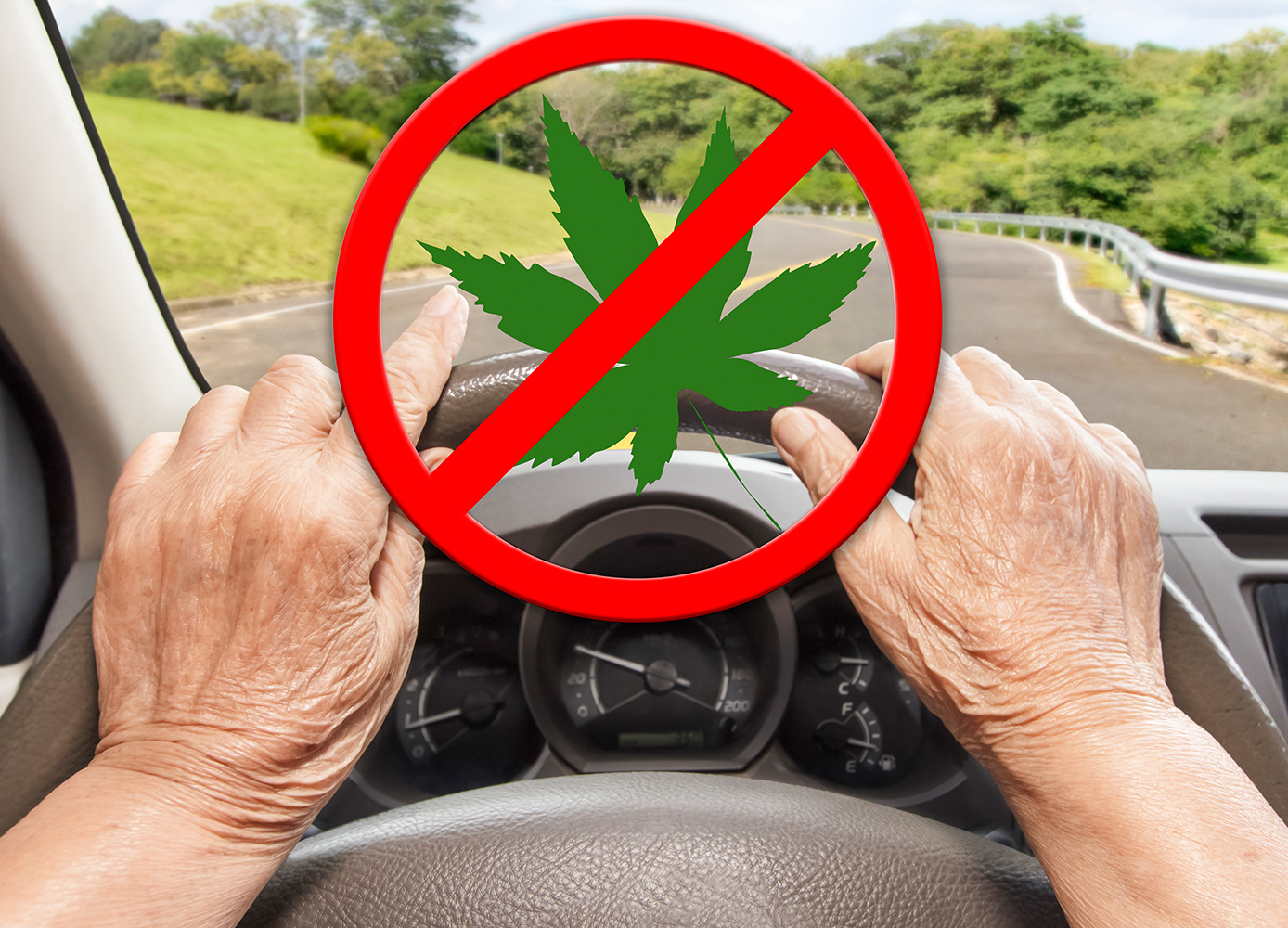Those 60 or older using cannabis to treat health problems should tell their doctor
By Caitlin Finlay
With the legalization of cannabis use, many older adults are turning to cannabis products to help with common conditions including pain, anxiety, and insomnia. While there are many known benefits, it’s important to speak with your healthcare provider prior to using cannabis because—among other risks—there’s a chance it will interfere with other medications.
Two of the main compounds in cannabis are cannabidiol (CBD) and tetrahydrocannabinol (THC). CBD has been shown to help with anxiety, seizures, depression, inflammation, pain, and nausea. THC is the compound that causes the psychoactive “high” effects such as euphoria or drowsiness, and while THC can also help with these health problems, CBD is often preferred because it doesn’t produce intoxication.
A US study published October 7, 2020, in the Journal of the American Geriatrics Society found that 15% of patients surveyed have used cannabis within the past three years, with 61% of those stating they began using cannabis when they were 61 years or older.
A concerning statistic from the study was that only 41% of patients who reported using cannabis had told their healthcare provider. Despite the known benefits of cannabis use for medical purposes, there are concerns about older adults using cannabis products without first discussing it with their healthcare provider. Cannabis is known to increase heart rate and blood pressure, so adults with cardiac concerns should be cautious. If the cannabis product contains THC, it could lead to confusion, coordination problems, and slower reaction times—all of which could lead to falls. Cannabis can also interact dangerously with medications such as blood thinners, anti-seizure medications, and anaesthesia, so it’s important that medical care professionals are aware of any cannabis use.
“The findings demonstrate the need for the clinical workforce to become aware of cannabis use by seniors and to gain awareness of both the benefits and risks of cannabis use in their patient population,” said Dr. Alison Moore, the study’s senior author and the chief of the Division of Geriatrics in the Department of Medicine at UC San Diego School of Medicine. “Given the prevalence of use, it may be important to incorporate evidence-backed information about cannabis use into medical school and use screening questions about cannabis as a regular part of clinic visits.”
Researchers surveyed 568 patients, 65 years or older, over a period of 10 weeks at the Medicine for Seniors Clinic at UC San Diego Health. They found that of those who use cannabis, 53% reported using it on a daily or weekly basis. Almost half of those who use cannabis reported using products with only CBD, not THC.
The most common forms of cannabis administration were tinctures (35%) and lotions (35%), followed by smoking (30%). Lotions were especially popular among older adults who were new to cannabis use and using it for medical purposes. Of the patients who reported using cannabis, 78% stated that it was for medical purposes. The most common medical uses included relief for pain or arthritis (73%), trouble sleeping (29%), anxiety (24%), and depression (17%).
Photo: iStock.






